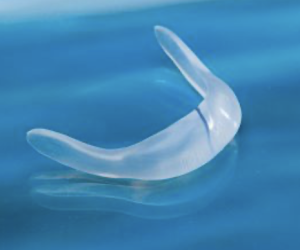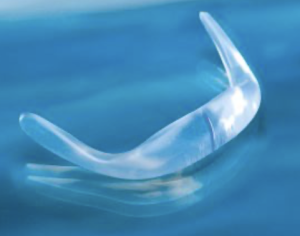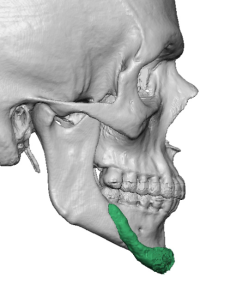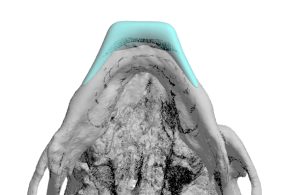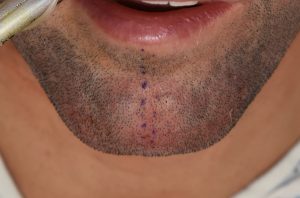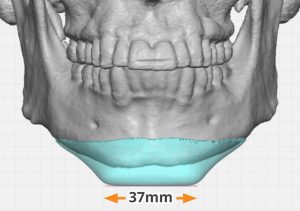Chin augmentation is a common aesthetic request for lower third of the face enhancement. Most chin augmentation patients are seeking horizontal augmentation as the primary change which is best appreciated in the profile view. But the chin is a 3D structure due to being a solitary projecting structure which has other dimensional considerations as well.
One important aesthetic chin dimension is that of its width. The gender implications of chin width is that females usually prefer a more narrow tapered chin while males often want more chin width. Such male chin widths may also be more specific in a request for a square chin appearance. While everyone can envision what that means, few can provide the exact dimensions of how to create it.
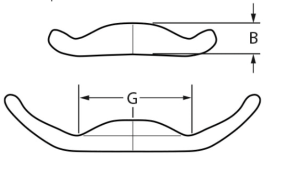

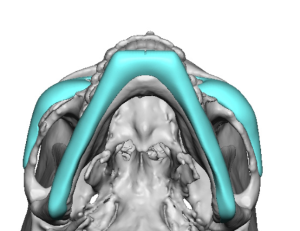

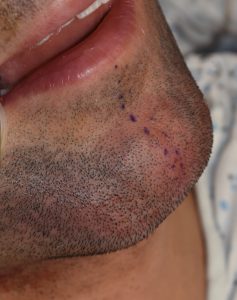

Dr. Barry Eppley
World-Renowned Plastic Surgeon



